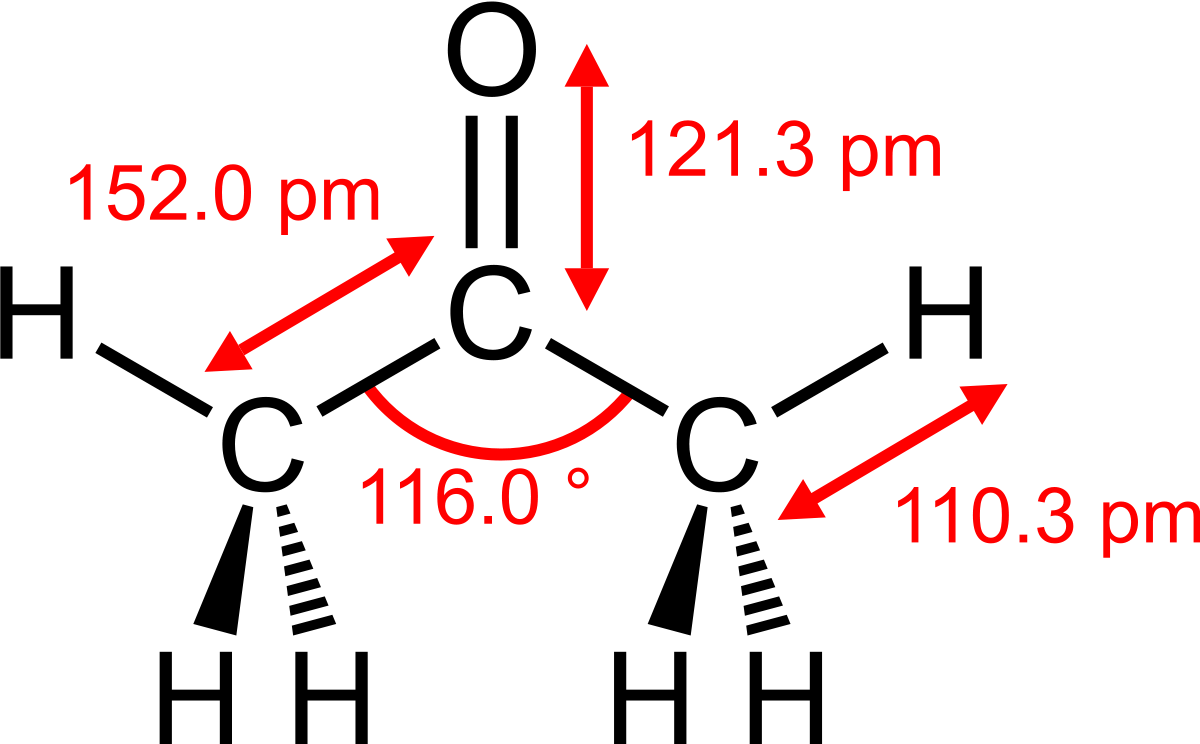JimGnitecki
Active Member
My son bought me a Canaweld AC-DC TIG 201 Pulse D welder kit (machien plus most items needed to get started in TIG welding), as a birthday present for my 72nd birthday! I ahve never welded before in my life, so am in the process of learning TIG welding via a video course from Pacific Arc TIG Welding (the course is excellent!). It is going very well so far. I have learned to do dry arc dabs, and dry arc welding lanes so far, and am about to add step motion with heat inout control. 
I have one issue using my setup:
Most of the time, when I slowly press the foot pedal in AC TIG mode (set up per my instructor's settings instructions), I get an arc start like I am supposed to get. Sometimes, there is only a tiny blue momentary arc, and then nothing. And, even less often, NOTHING happens at all when I press the pedal. After a few more attempts over a few seconds to a minute, I get my arc.
What am I doing wrong when I get either that momentary tiny blue arc or nothing at all until after several attempts? (I AM maintaining the proper stand-off distance throughout).
Jim G
I have one issue using my setup:
Most of the time, when I slowly press the foot pedal in AC TIG mode (set up per my instructor's settings instructions), I get an arc start like I am supposed to get. Sometimes, there is only a tiny blue momentary arc, and then nothing. And, even less often, NOTHING happens at all when I press the pedal. After a few more attempts over a few seconds to a minute, I get my arc.
What am I doing wrong when I get either that momentary tiny blue arc or nothing at all until after several attempts? (I AM maintaining the proper stand-off distance throughout).
Jim G

